A Call With Tim O’Reilly After the First Web 2.0 Conference
I interview Tim O'Reilly, the man who coined Web 2.0 and a key Silicon Valley figure, but I wonder if he thinks my questions suck; also, I begin experimenting with earning money from blogging.
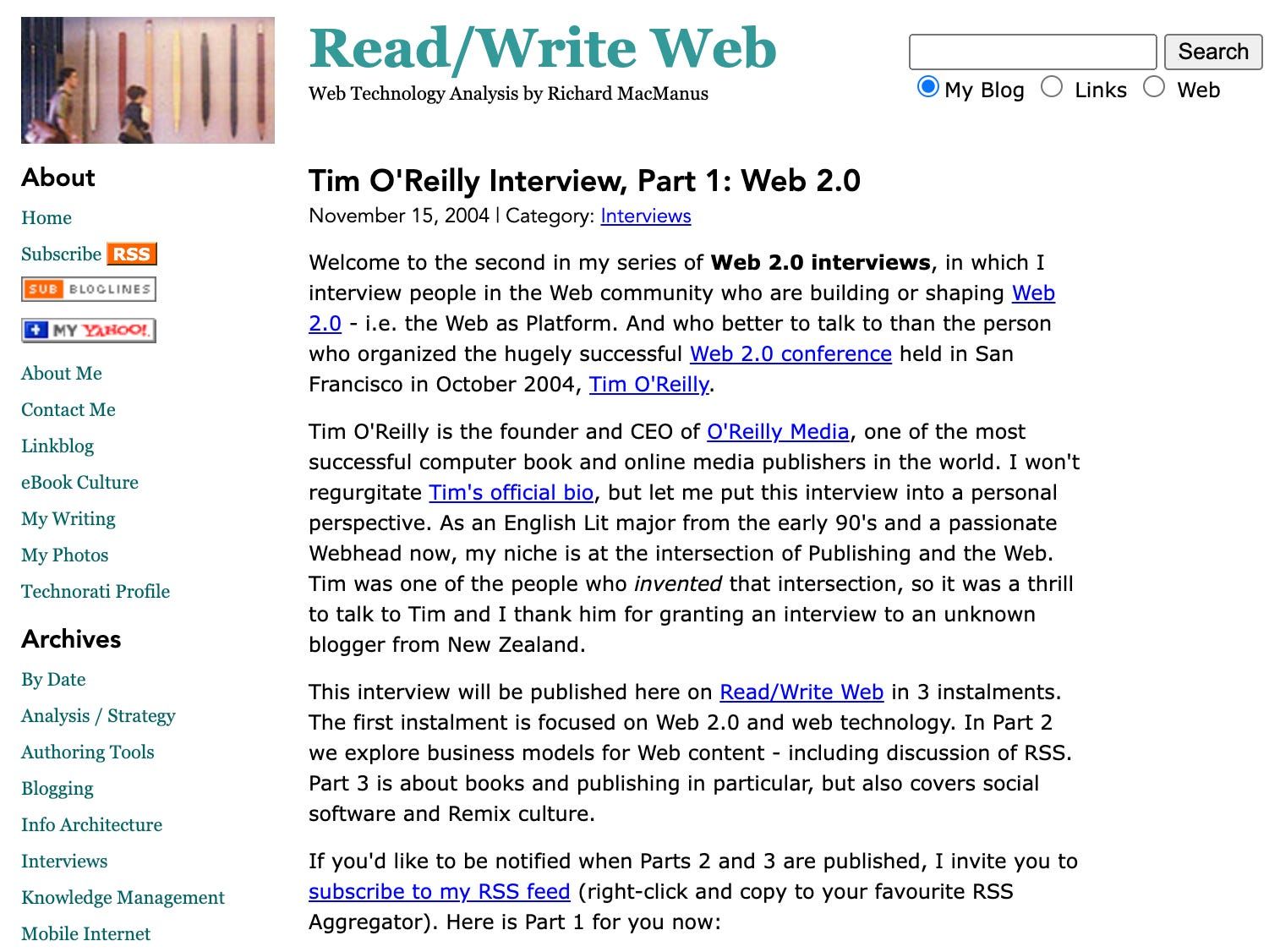
I hadn’t gone to the first Web 2.0 Conference in October 2004, but I monitored it from afar. I was intrigued by the potential start of a new movement on the web, so I reached out to Tim O’Reilly and asked to interview him for my blog. He agreed and in November 2004, we did a Skype call.
I called him from my day job, at the power company I worked for in Wellington. The office was open-plan and so I couldn’t do the call at my desk, since it had nothing to do with my job. So I hid myself away in a small conference room. I told a couple of the developers I was friendly with about the true nature of the call, but the IT and marketing project managers I interacted with daily knew nothing about it. If they had peeped into the conference room during the hour I talked to O’Reilly, they may’ve thought I was talking to a local web design company about our company intranet.
I was nervous about the call and felt some imposter syndrome. At the start, O’Reilly was friendly, but also a little sniffy. For my first question, I asked what were the key insights about Web 2.0 that he personally got from the conference that he didn't know beforehand? “When you work on putting together the program, you know what's in it, so I wasn't surprised terribly much by anything,” he replied.
Oh Lord, I thought, he already thinks my questions suck!
I would later learn that this was what O’Reilly was like to everyone — he was outwardly friendly, but also somewhat arrogant. He was a self-important man and in love with his own theories, of which he had many. But at the time, just a month after his first Web 2.0 Conference, I was fascinated by those theories and how they could potentially provide a framework for my tech blog. As the interview progressed, he warmed to me and seemed to appreciate the thought I had put into my observations about his Web 2.0 concept.
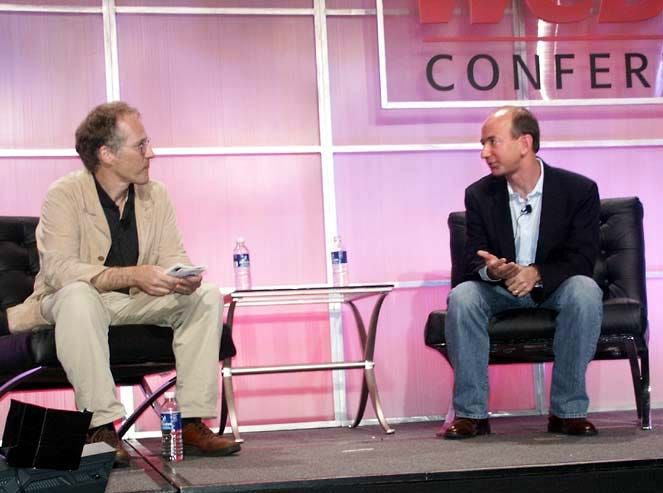
I asked him about one of his new catchphrases, "the commoditization of software,” and how the 90s software giant Microsoft might adapt to the Web 2.0 era. Microsoft remains committed to locking users in with their software, I said, citing the company’s new operating system work-in-progress, code-named Longhorn (it was re-named Windows Vista the following year). In reply, he compared Microsoft to IBM in the 1980s, which had had to adapt its business in response to the changing tech environment. Microsoft will have to do the same, O’Reilly told me. “They can't keep up with the pace of a web-based offering, where you can roll out new products to all your users without even asking, and update products dynamically,” he said.
This turned out to be spot on; Microsoft eventually morphed into a cloud computing giant in the 2010s, and its office software is now a successful meld of desktop application and online updates.


Other predictions from O’Reilly in 2004 were less accurate, with the benefit of hindsight. One of my questions was about RSS (Really Simple Syndication), an open protocol that was fast evolving into the default method to syndicate content. Importantly, in 2004 it was the way people subscribed to blogs like mine, by copying and pasting an RSS address (a hyperlink) into an RSS Reader — which was either a desktop or a browser application. RSS had a distinctive orange button, which became a feature in the sidebar of all blogs. I also had separate buttons for ‘My Yahoo!’ (Yahoo’s latest portal, which, as of September, now doubled as an RSS Reader) and a product called Bloglines (my preferred RSS Reader, as it was browser-based).
“RSS is clearly, far and away, the most successful web service to date,” O’Reilly told me. He likened it to HTML and predicted that it would take over the internet just like HTML did. “We're basically dealing with a world of information overload and being able to tailor your personal portal is a pretty powerful idea,” he said.
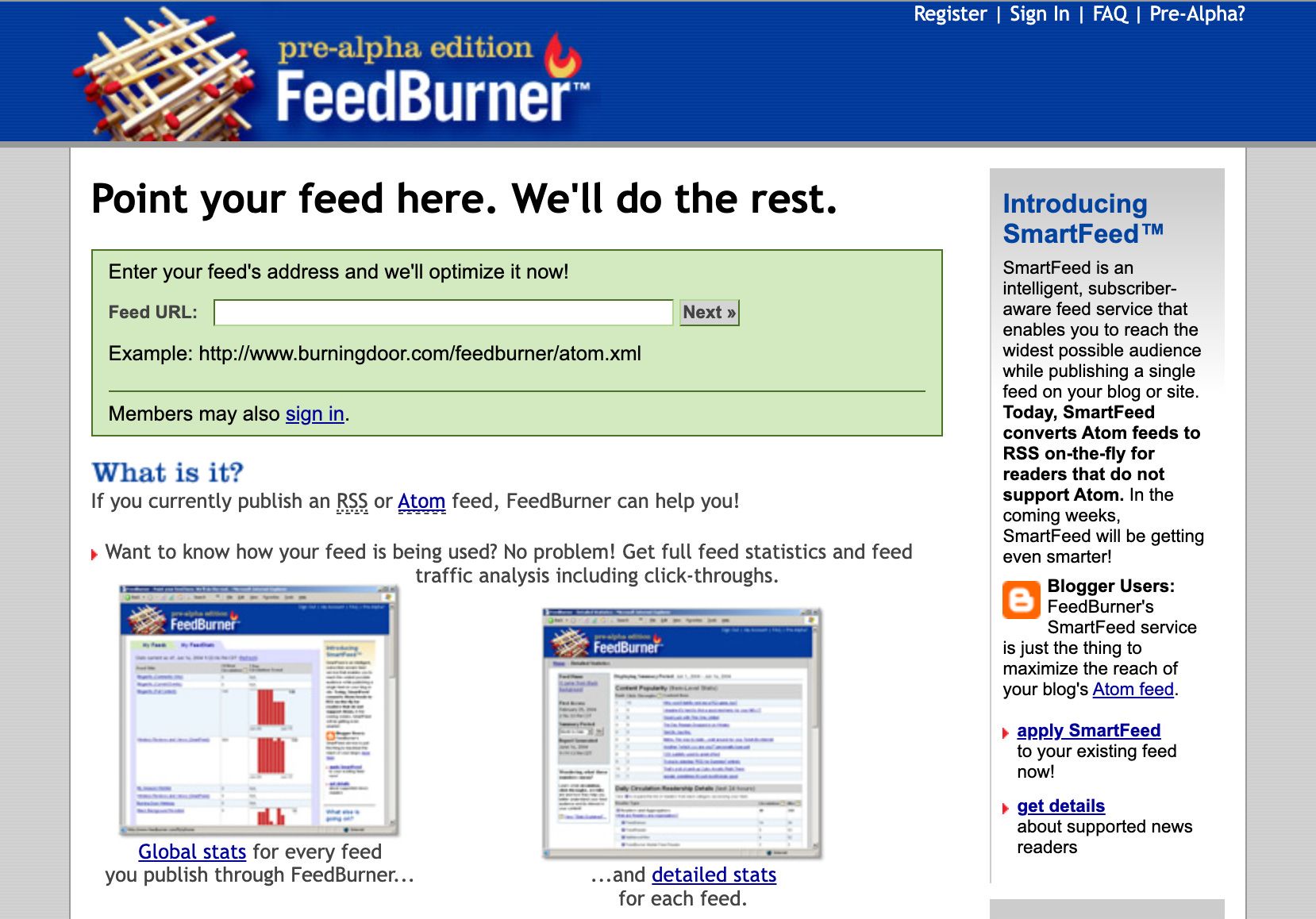
This was a highly attractive idea to web geeks like me. Unfortunately though, RSS would eventually be usurped by social media feeds. Facebook didn’t adopt RSS and neither did Twitter, the two most popular social media products of the mid-to-late 2000s. Facebook created its own algorithmic feed that determined what users would get to see in their “timelines.” You could subscribe to people or brands, but there was no guarantee you’d see their content in your news feed. This meant the control over content shifted away from the users, to the platforms.
As Marc Andreessen had articulated at the Web 2.0 Conference, the fate of open standards ultimately depends on whether big tech companies adopt them. As it grew popular, Facebook could’ve adopted RSS. But it didn’t, because supporting an open standard for feeds would not provide data lock-in.
Like almost everyone else, I failed to see the downsides of network effects in 2004. Perhaps because I was too distracted watching my RSS subscriber numbers going up.
(So what happened to RSS? For a time, Google adopted it and released its own browser-based RSS Reader in October 2005. Perhaps Bloglines had seen the writing on the wall, because by then it had sold to the wannabe Google competitor, Ask.com. By 2007, Google Reader had caught up with Bloglines in users, and by 2008 Google Reader was the dominant RSS Reader product on the market. Google continued to vanquish competitors over the next five years, but during this time period social media began to displace blogging as the water cooler of the internet. Then, in 2013, Google suddenly discontinued Reader. It was the death-knell for the entire product category, because now none of the leading internet companies supported RSS in a meaningful way. I tell this quick story to illustrate the vagaries of network effects for end-users, which weren’t yet obvious in 2004.)
The feedback I got from the Tim O’Reilly interview, which I published in three separate posts over a one-week period in November 2004, was really encouraging. For the first time, it seemed to me, it wasn’t just fellow bloggers leaving comments on my blog, but people in the internet industry who were grateful for the insights.

Read/Write Web was far from being a full-time business yet, but I had been experimenting with monetization. At the start of December, I began participating in a sponsorship program that — in retrospect — now looks incredibly clumsy and naive. I announced on my blog that I’d be “paid US$800 per month for 3 months to write 1 blog post per week about a company called Marqui.” Marc Canter had set this up and there were a group of fifteen bloggers signed up. We were being fed story ideas from Marqui, a product I knew nothing about at first, until I discovered that it was a rather unimpressive content management system for marketers.
A month into the program, I was having reservations. “I get emotionally attached to (and therefore write about) innovative Web 2.0 products and services like Flickr, del.icio.us, Bloglines, Feedburner, PubSub, etc.,” I wrote. “Marqui isn't one of those kinds of products.”
There was a debate happening in the blogosphere about whether the Marqui bloggers were “shills,” and also a spirited email backchannel involving the sponsored bloggers, Marqui management and various A-List bloggers of the time. But I found the discussions, including with my own readers, stimulating and it was a learning curve for us all about what was — and wasn’t — acceptable in trying to make money with blogging. Ultimately, I decided it was a failed experiment and so I declined to renew the contract at the end of the three months.
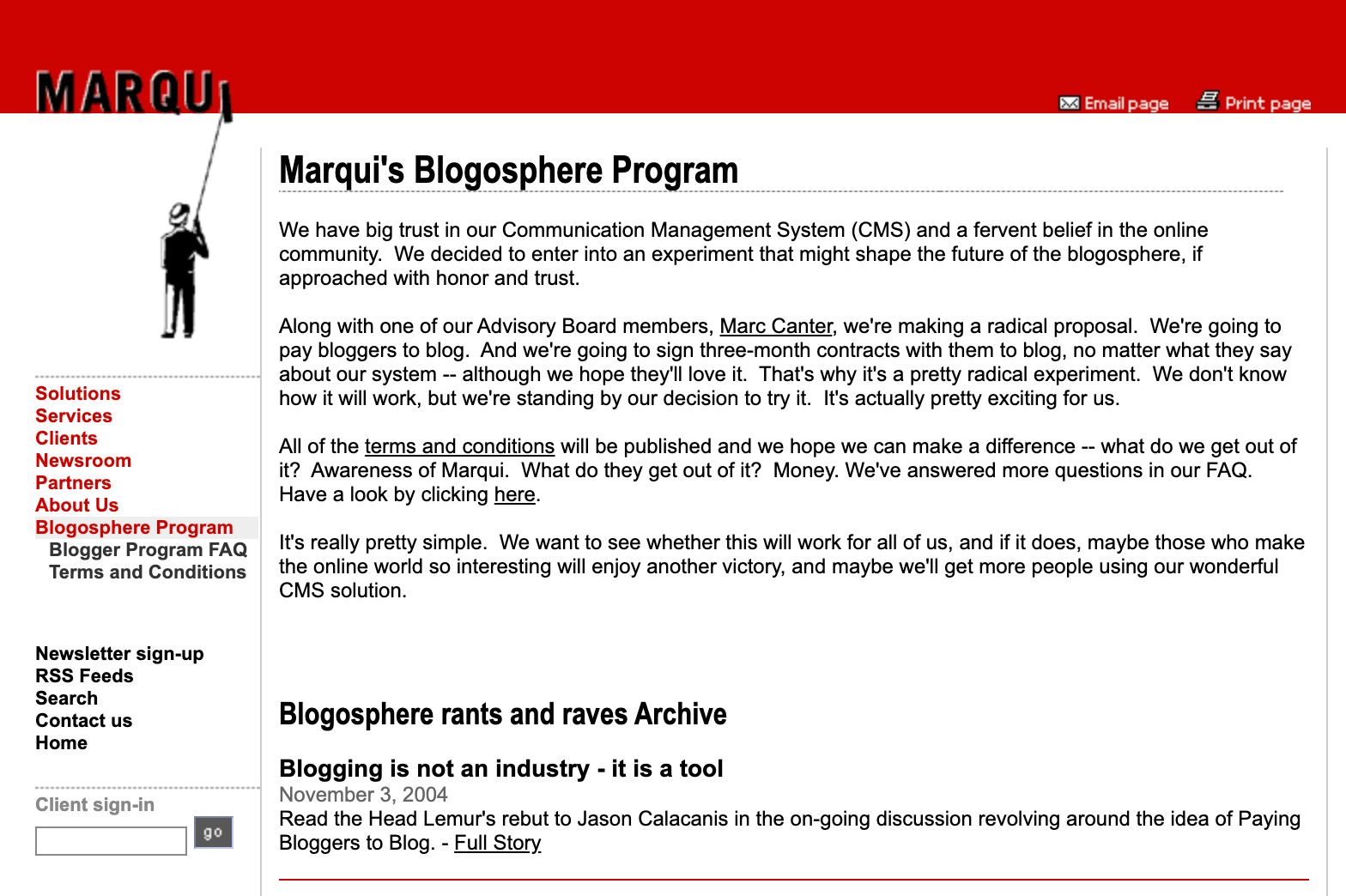
Also at this time, I was setting up a new company with a fellow kiwi blogger, Phil Pearson. We may well have been the only two bloggers in New Zealand at that time, so we’d come up with the idea of starting our own services company for social software — principally blogs and wikis. We called it Weblog Solutions and the company was registered in December 2004. The idea was to help New Zealand companies set up corporate blogs and advise them on how to use them, whether for marketing, project management or “knowledge management” purposes.
It was a solid business idea, but unfortunately neither Phil nor I were adept at rustling up sales or promoting ourselves. We never did land a client, but we also didn’t try very hard. Both of us had more than enough work on our plates already. He was an in-demand web programmer, while I was a web manager by day and a striving blogger by night (and sometimes during the day, hidden away in conference rooms).
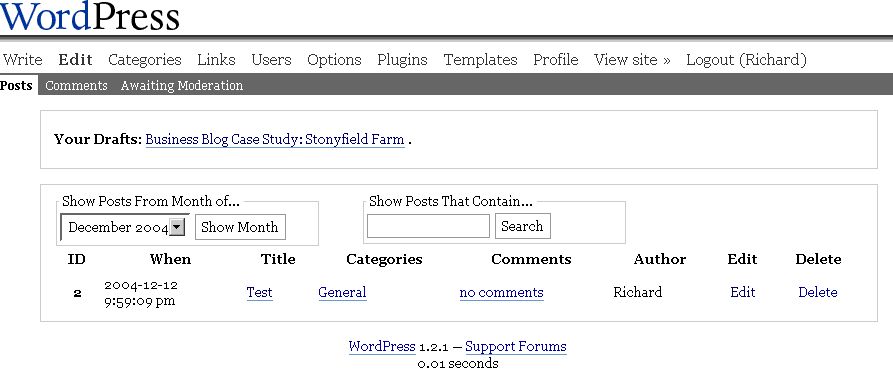
At the end of the year, I did a post that would become an annual Christmas tradition on Read/Write Web. I titled it “Best Web 2.0 Companies of 2004” and named Google the best Web 2.0 BigCo, Flickr the best Web 2.0 LittleCo, and Feedburner (an RSS statistics app) most promising.
By this point, it was clear what the focus of my blog would be going forward: Web 2.0. I defined Web 2.0 as simply “using the Web as a platform,” and this was a good enough guiding spirit to move into the new year with.
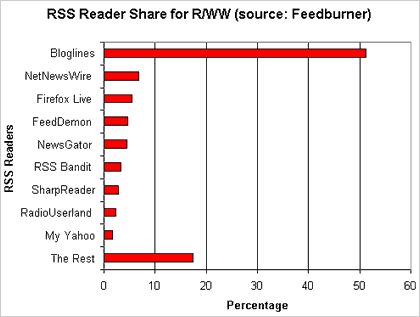
This post is part of my serialized book, Bubble Blog: From Outsider to Insider in Silicon Valley's Web 2.0 Revolution. View table of contents.
Next up: 005. Arriving at the TechCrunch Ranch
Buy the Book
My Web 2.0 memoir, Bubble Blog: From Outsider to Insider in Silicon Valley's Web 2.0 Revolution, is now available to purchase:
- Paperback, US$19.99: Amazon; Bookshop.org
- eBook, US$9.99: Amazon Kindle Store; Apple Books; Google Play
Or search for "Bubble Blog MacManus" on your local online bookstore.